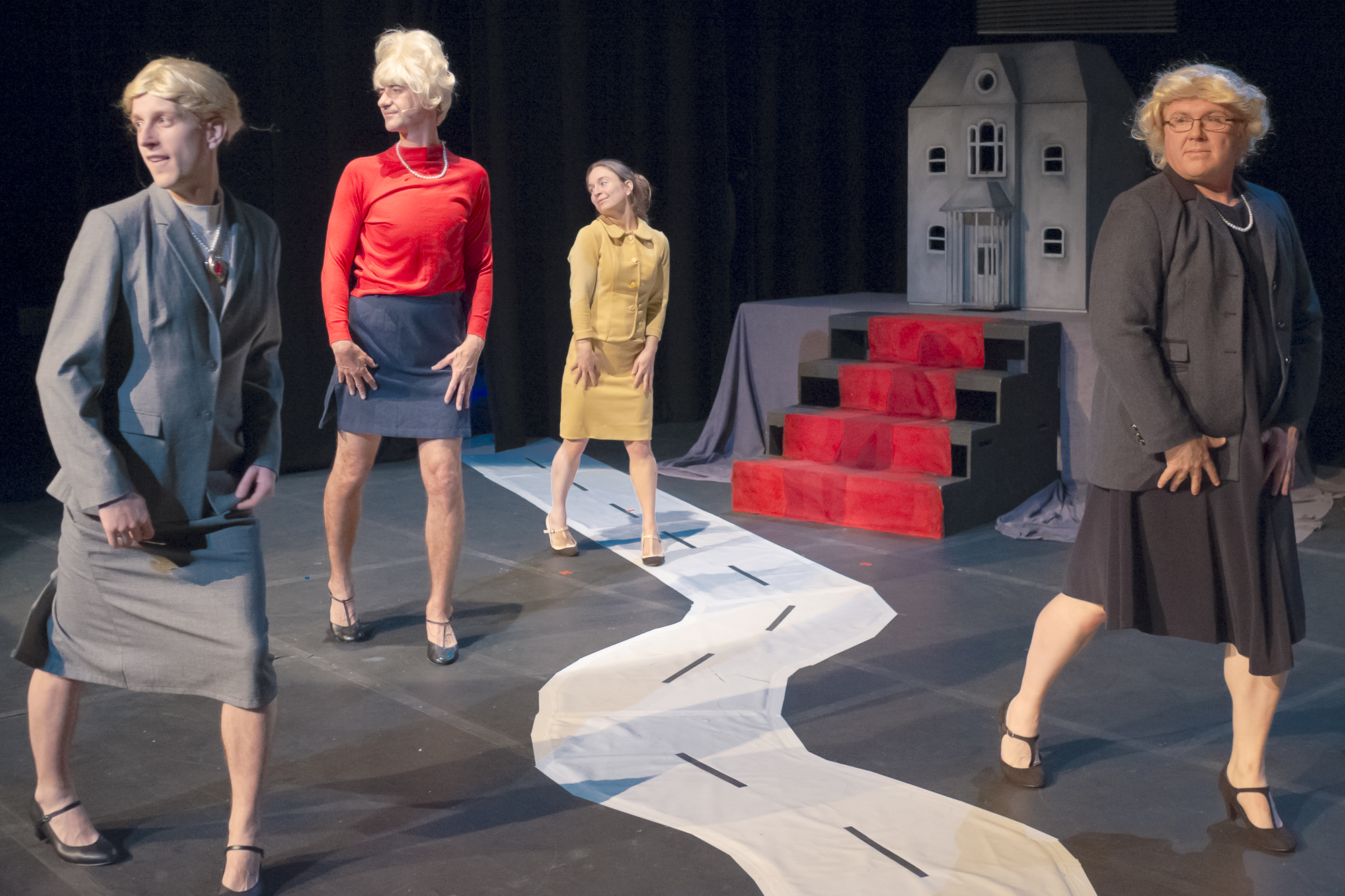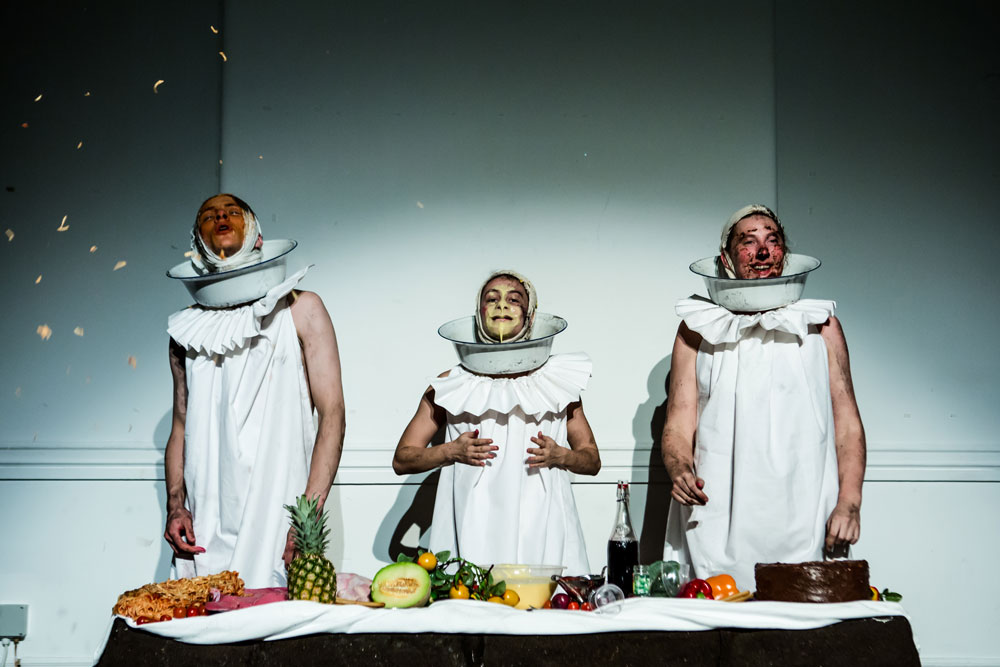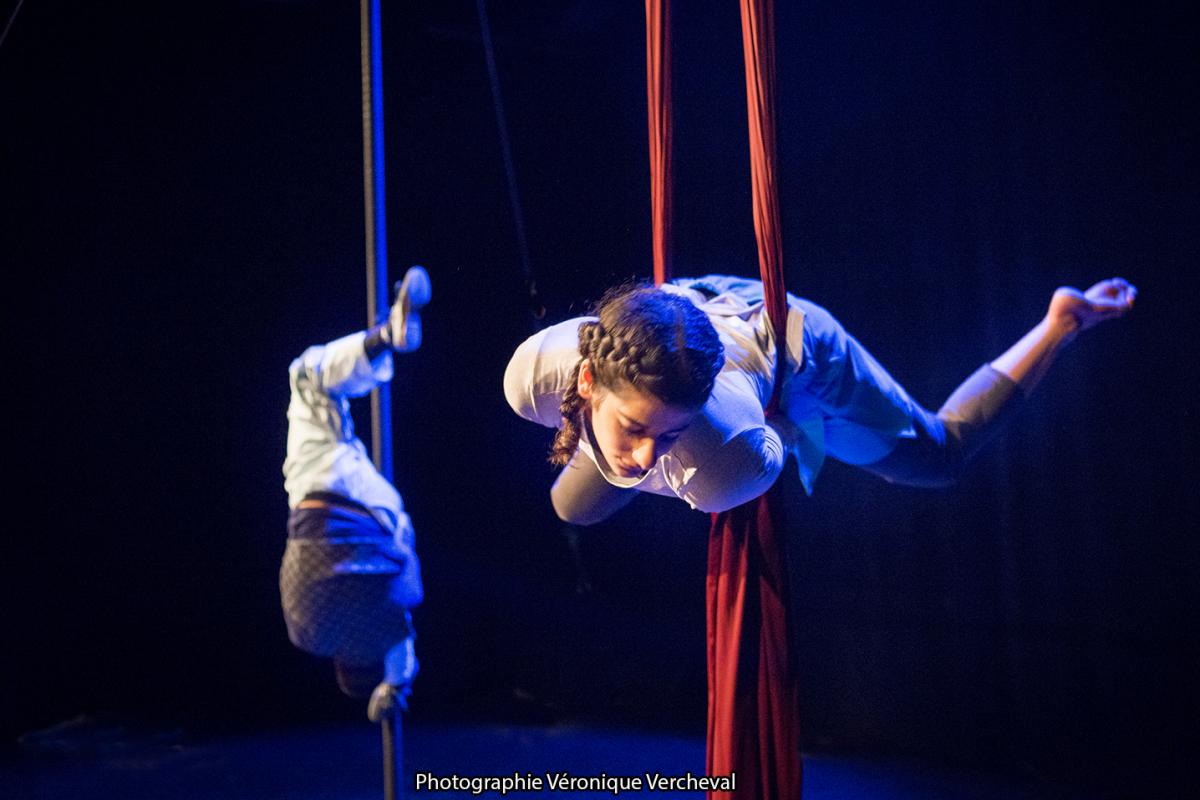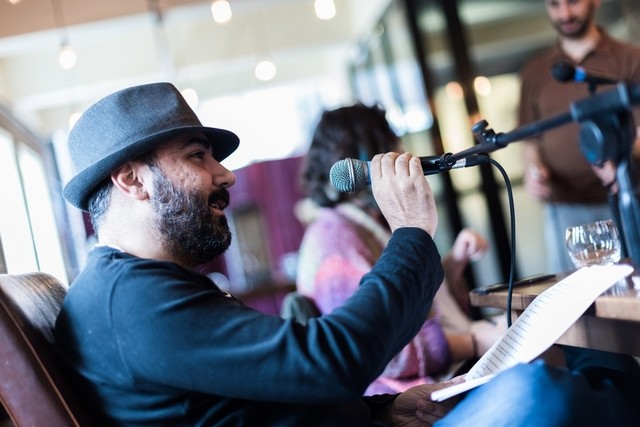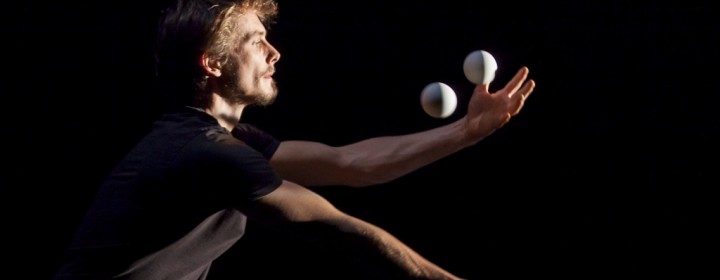And so we edge towards the half-way mark of the Edinburgh Fringe 2015. A line is in any case drawn for me on this middle weekend as I escape the wind and wet of Scotland for hopefully sunnier days in Catalonia (to take part in The Art of Comedy at The Actors Space, if you want to know). When I come back, it’ll be straight into the whirligig of Total Theatre Awards judging.
At which point I should clarify, in case there is any confusion, that the Awards assessing process and the Total Theatre Magazine reviewing process are separate things. And it is certainly true too that just because I like something and give it a good review, it’s not tipped for an Award. The Total Theatre Awards USP is that it is a collective, theatre industry process – over 30 assessors see over 50 shows, then create a shortlist which is offered up to a dozen or so judges to come to some sort of decision on. Never easy…
So, my main task so far has been reviewing, and editing reviews by other TT writers – as you may have guessed from the amount of reviews posted. This last task aided greatly by reviews editor Beccy Smith, and web editor Darren East – who are both homeward bound (in one sense of that word) rather than in Edinburgh due to the arrival of baby Jasper in May.
It has felt a very full ten days.
It got off to a very good start with a couple of days seeing previews and first shows by a great many marvellous artists, not least of which was Sue MacLaine’s Can I Start Again Please. I also went along to some of the press day for Northern Stage at Summerhall, saw Third Angel’s latest work The Paradise Project, amongst other goodies, and got fed cake and prosecco.
Friday 7 August, the official opening day of the Fringe, saw me scuttling across town to four different venues, to see a kathak dance version of Garcia Lorca’s Yerma at New Town Theatre, Bryony Kimmings’ highly acclaimed Fake It ’Til You Make It at the Traverse, hip-hopper turned storyteller Jonzi D’s The Letter at Assembly George Square, and Circa’s ambitious new show Close Up at Underbelly’s big purple cow – which this years has mooo-ved (not my pun) to George Square too.
So a great start, everything falling into place perfectly – but then came the weekend, which had been reserved wholly for two full days of press shows at Circus Hub.
Circus Hub is the shiny new circus venue at the Edinburgh Fringe – two tents and three weeks of fabulous circus shows from across the globe. Unfortunately, not everything went to plan. The grand opening weekend was cancelled, and it took most of the following week to get all the shows up and running. Reasons cited (officially and unofficially) were many and various. The wind and rain delayed getting the tents up (you can imagine what the traditional circus community had to say about that!). There was damage to one of the tents. There were rigging problems.
I’ve thought long and hard about going public with all this, but feel that if not in Total Theatre – which exists primarily as a voice of the artists, and to celebrate and support physical and visual theatre work, including contemporary circus – then where else? No doubt there were forces of nature to contend with, but there are bigger questions about the process of presenting circus raised here. Tents are circus’s natural home – they are how and where the form started, and it seems a crying shame that what should have been a marvellous moment for the Edinburgh Fringe – the opening of a venue for all sorts of circus shows to run day and night – was marred by weather (Scotland in the summer – it rains! There is wind!) and technical hitches. The Hub is now up and running (see reviews section for a round-up of shows seen to date) but audiences are yet to build to full capacity due to the many and various cancellations and changes to schedule in the first week. So if you are in Edinburgh, do get down there, and give the suffering artists some support!
I’ve also been to two other circus tents. Big Sexy Circus is hosting the highly entertaining Hitch! by Mary Bijou Cabaret. There is also the lovely Chapiteau outside the Institut Francais d’Ecosse – which was turned into a black box theatre for Clement Dazin’s Bruit de Couloir, which seems to defeat the point of being in a lovely creamy calico tent somewhat.
I’ve, inevitably, made a few trips over to the Pleasance Courtyard – which programmes a real mix of work, with a bent towards comedy of all sorts, from Radio 4 favourite Nicholas Parsons to whoever is the stand-up flavour of the month. But also sporting a strong theatre programme, including Gecko’s Institute in the cavernous Grand, Victoria Melody’s latest theatrical anthropology piece, Hair Peace, and the lovely verbatim show Trans Scripts. I’ve only been once this year (so far) to sister venue the Pleasance Dome – to see Fuel presentation Fiction.
Around the corner at Zoo is a good programme of dance theatre and physical theatre – including Clout’s fabulous Feast. Later this month, the inimitable Liz Aggiss will be there, being The English Channel. Over at Dance Base, a year-round venue that is an oasis of calm compared to most of the Fringe, I saw Al Seed’s Oog – physical, visual, visceral theatre to die for.
But the place I’ve come back to time and again is dear old Summerhall. As has often been the case, some of my favourite Fringe shows have been here: Spitfire’s absolutely spiffing Antiwords, Aurora Nova presentations Portraits in Motion and 17 Border Crossings, Poker Night Blues (a bizarre and enthralling Chinese take on Tennessee Williams’ Streetcar Named Desire, Remote Control’s darkly funny Project HaHa. Also, Michelle and Miriam and all the press team at Summerhall have proved to be ever-helpful – going beyond the call of duty in providing a comfy sofa and a glass of Pickering’s gin and tonic to weary reviewers. Bravo those women!
I’m now taking a break from the Edinburgh Fringe melee for a week, but before I left the Burgh I had the pleasure of one last night at Summerhall, taking in a couple of shows that are about as radically different as you can get. The Orchestra del Sol gig saw this international (but Scottish based) band in high spirits on home ground, delivering a typically stomping set. Meanwhile, in a tiny dark space at the back of the far courtyard, Ellie Dubois’ Ringside is an absolute gem: a ten-minute one-on-one that uses circus (static trapeze) as its means, but which is actually a delicate and moving performance piece exploring what it is to look at and be seen. A delicious end to my Ed Fringe – phase one.
I’ll be back…
For details of all shows, and to book, see www.edfringe.com
See also the reviews section of this site, where most of the namechecked shows have been reviewed.
Featured image (top) is of Mary Bijou Cabaret’s Hitch! which is playing at Big Sexy Circus

